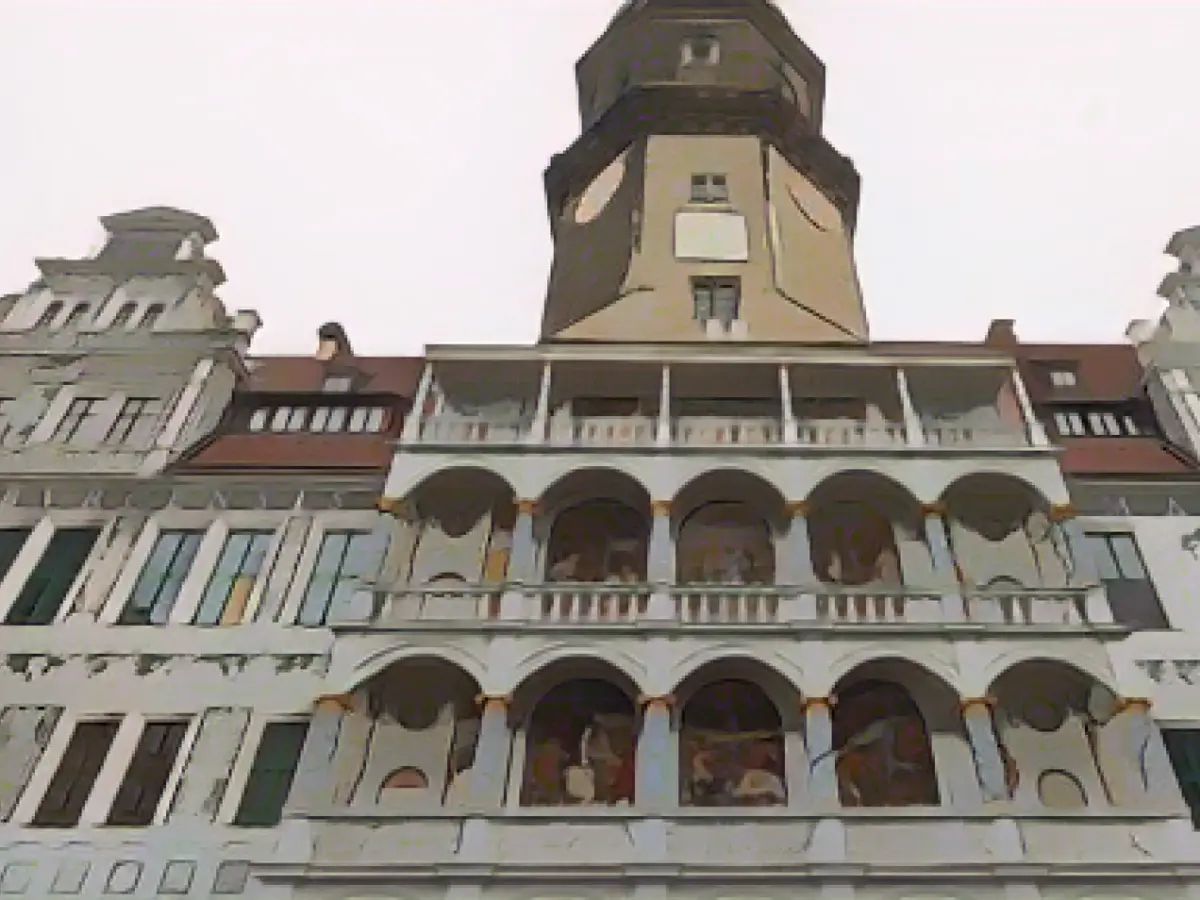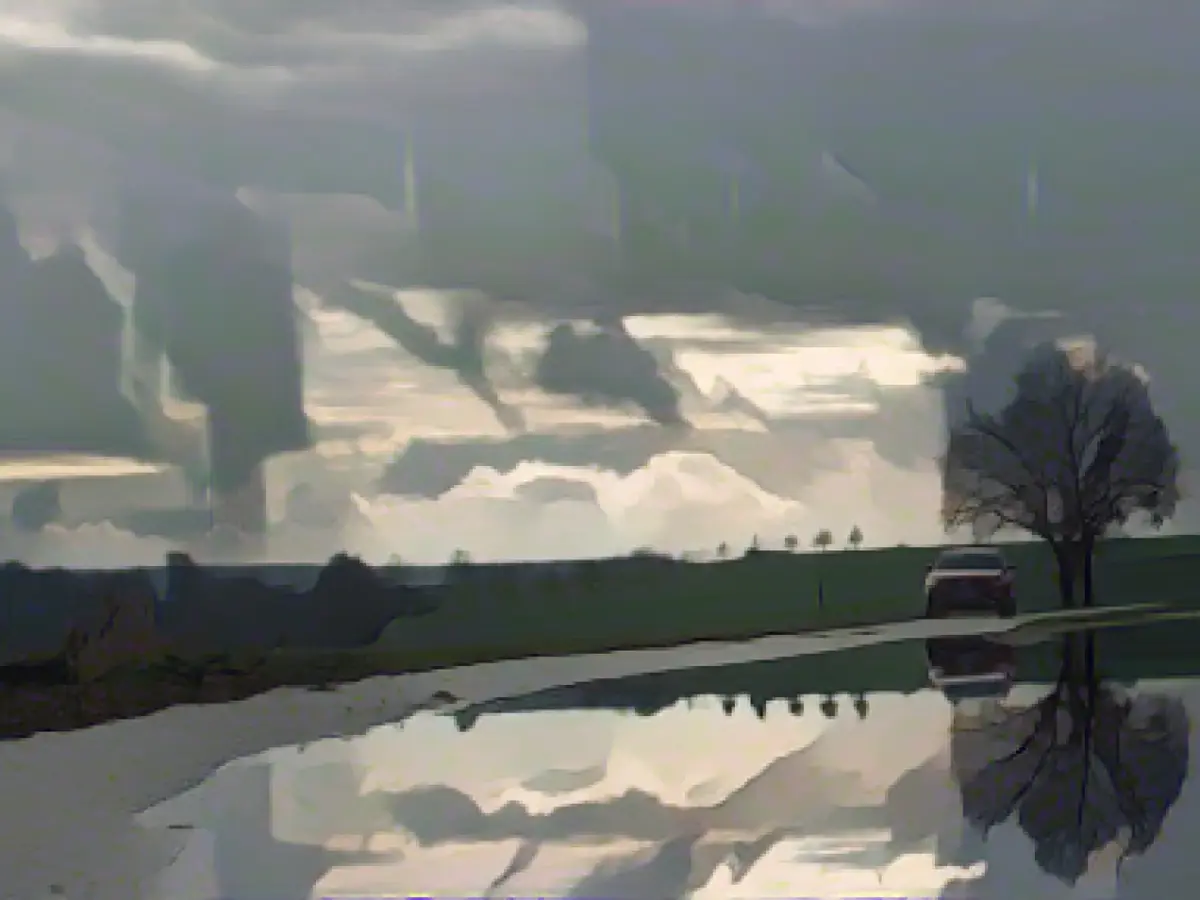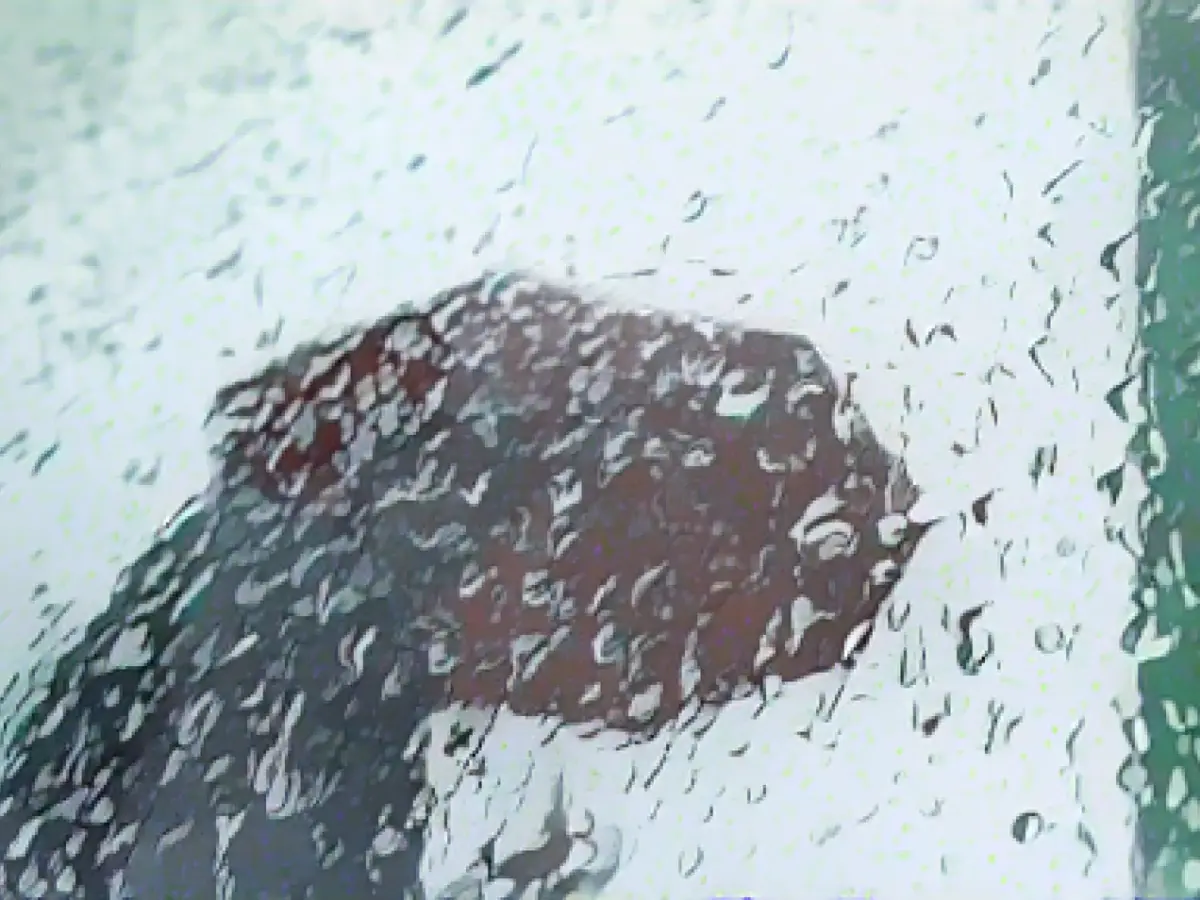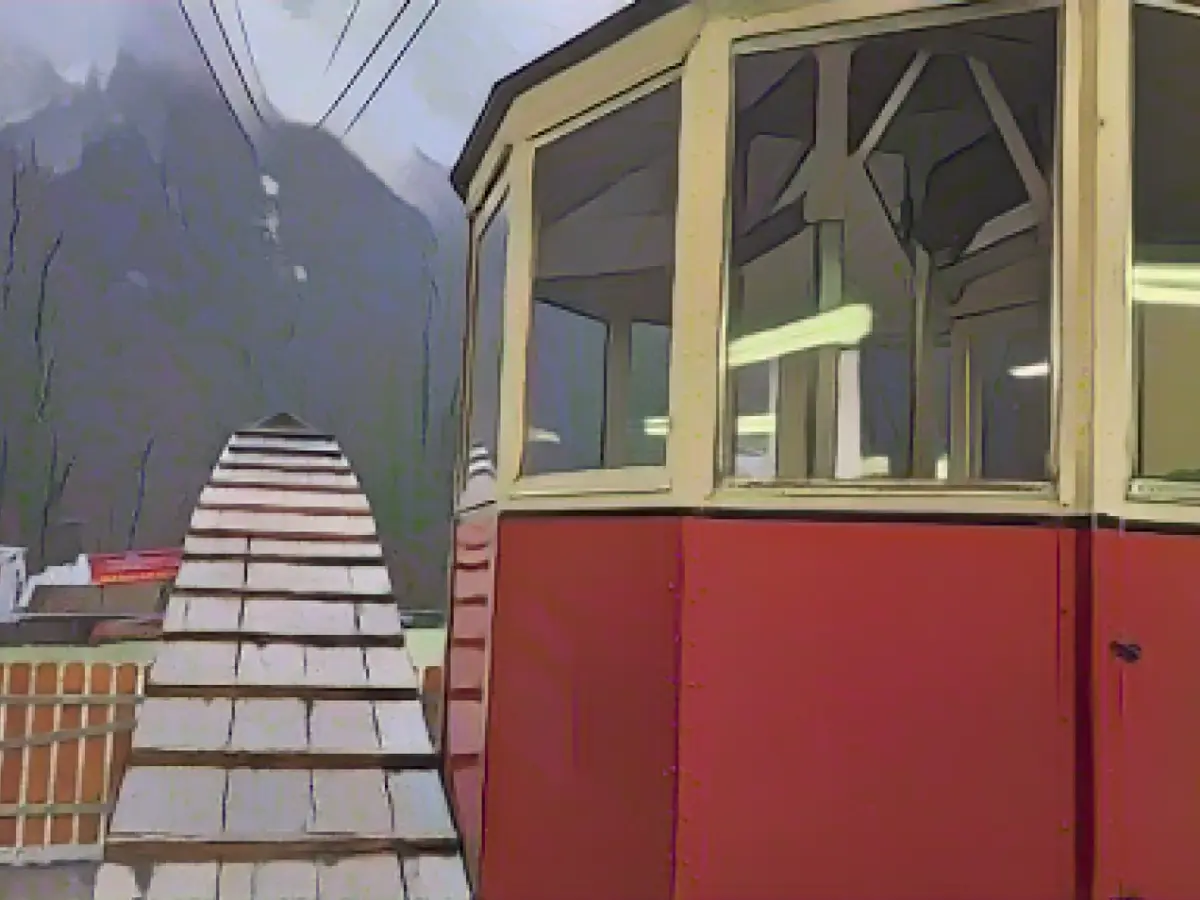After seven long years, the vibrant design of the Renaissance loggia at Dresden's prestigious Residenzschloss has finally been completed. As announced by the Finance Ministry last Friday, one of the largest Renaissance frescoes north of the Alps has been painstakingly recreated on the rear wall of the fully restored four-story alcove. These vivid biblical scenes create a striking contrast against the monochrome sgraffiti – a historical technique involving scratching designs into wet plaster – adorning the facades in the Great Palace Courtyard. The frescoes include "The Conversion of Paul," "Sheba before the Throne of Solomon," and "Christ with the Magi."
In the process of rebuilding the palace in the mid-16th century, an altar was created, which was subsequently sculpted before artists began painting the upper floors. It took a decade to develop the fresco motifs, which were later transferred to new lime plaster. According to the ministry, the total cost of restoring the Great Palace Courtyard reached 13 million euros.
Art historians and restorers painstakingly researched the motifs, style, and execution using historical engravings, drawings, studies, and photographs. They then meticulously transferred their findings to cardboard and gradually onto the walls, reaching heights of up to 5.50 meters. A special powder composed of ground stone, glass, and earth mixed with water was used to bind the pigments to a fresh layer of very lime-rich plaster, just 4 millimeters thick.
The Dresden residence of the Saxon electors and kings, devastated by the end of World War II in 1945, has been undergoing restoration since 1986 and transformed into a museum center for the State Art Collections. To date, federal and state governments have invested approximately 396 million euros.
Further Reading:
The renowned Dresden Residenzschloss boasts one of the largest Renaissance frescoes north of the Alps. Latest restoration efforts have brought back to life the famous Renaissance loggia, featuring vibrant biblical scenes like "The Conversion of Paul" and "Sheba before the Throne of Solomon." Surrounding the Residenzschloss is the picturesque Altmarkt in Dresden, a historical marketplace that offers a glimpse into the city's rich past.
Source:
The enrichment data suggest that Dresden Residenzschloss is an iconic historical site in Saxony, renowned for its Baroque furniture and striking frescoes. The restoration of the loggia and frescoes involves expert preservationists, historians, and artisans dedicated to preserving Dresden's invaluable architectural and artistic heritage.








